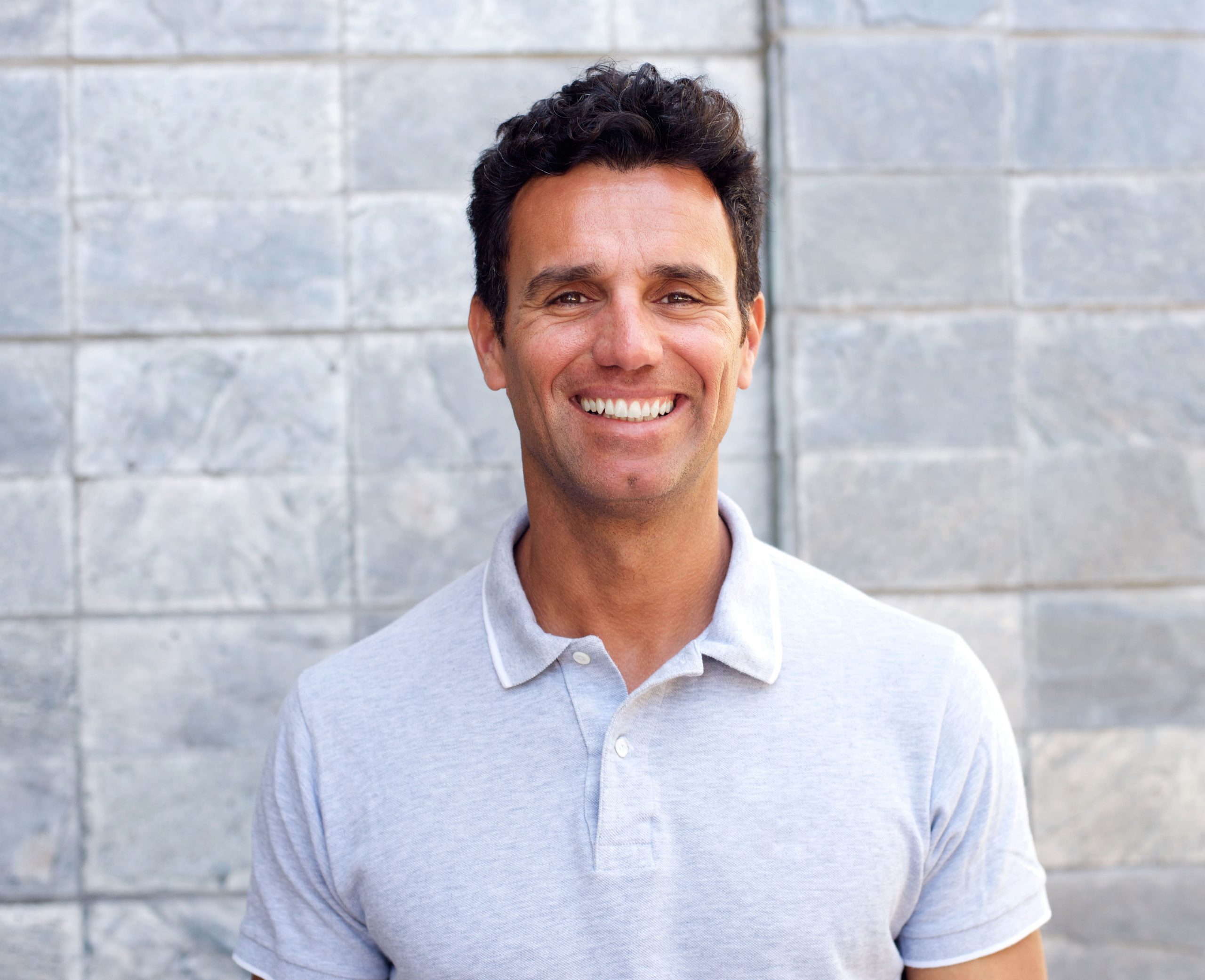3 Mindful Steps To Making Better Decisions
Do you feel your toxic thoughts influence you into making poor decisions?
Do you believe it’s time you improved your decision-making process?
This article is about discovering 3 mindful steps which you can use to make better decisions.
But first, what is mindfulness?
Mindfulness is the ability to pay attention to your thoughts and feelings without getting carried away by them.
![]()
Learn more: How Mindfulness Can Help You Become A Better Leader
![]()
Here are 3 mindful steps that you can take to help you make better decisions as described by Dr Russ Harris, therapist and coach:
- Defuse
- Accept
- Be in the moment
Russ Harris is the author of ACT Made Simple, a quick-start guide to Acceptance and Commitment Therapy (ACT).
With Acceptance and Commitment Therapy, “clients learn to stop avoiding, denying, and struggling with their inner emotions and, instead, accept that these deeper feelings are appropriate responses to certain situations that should not prevent them from moving forward in their lives.” (psychologytoday.com).
ACT is mindfulness-based therapy.
Let’s go through each step and see what it’s all about.
1. DEFUSE
The cognitive fusion you are not aware of
Before we defuse we need to understand what cognitive fusion is.
Dr Russ Harris says that cognitive fusion is a mental state in which we are inseparable from our thoughts, we are one with our thoughts.
What does it mean?
Think of the coin: it has two sides. You cannot separate one side of the coin from the other. They are equal: neither one of them overpowers the other.
Unfortunately, we are not coins, our emotions overpower our minds and influence our behaviour.
In a state of cognitive fusion, we’re inseparable from our thoughts: we’re welded to them, bonded to them, so caught up in them that we aren’t even aware that we are thinking….
Cognitive fusion basically means that our thoughts dominate our behaviour. Thus in ACT, we may talk with clients of being “pushed around by your thoughts” or “allowing thoughts to tell you what to do,” or we may talk of thoughts as bullies, or we may compare the mind to a fascist dictator, or we may ask, “What happens when you let that thought run your life?”
Similarly, when our thoughts dominate our attention, we often talk about being “hooked,” “entangled,” “caught up,” or “carried off” by them.
Russ Harris, an excerpt from ‘ACT made simple’
Mindfulness – From autopilot to being in the moment
Before you do anything – stop and take a deep breath. Don’t talk, don’t react in any way.
Your emotions are overwhelming so at first, you won’t be able to stop, you will get through the motions as always.
But at least now you have this little idea in the back of your head which tells you I need to stop.
You won’t be able to steer yourself into a different direction the second time, the third time, but at one point, provided you set yourself to achieve this goal, you will be victorious.
Because that’s exactly what this is – a victory.
A victory over your autopilot mode, your old habits, your empowering emotions. Stopping before anything else is the hardest, but it is a necessary step towards making better decisions.

Separate yourself from your thoughts
Now that you’ve stopped before going any further, take a step back and detach from your negative internal monologue.
See your unhelpful thoughts for what they are – only thoughts, not traits of personality (you are not a loser, you just made one mistake in a particular situation).
Separate from your thoughts, don’t allow yourself to get caught up in them or pushed around by them.
The solution is not to struggle to get rid of your toxic thoughts.
![]()
Learn more: These toxic thoughts are holding you back
![]()
The solution is to notice them, become aware of their nature and then let them go past you as if they were waves in the sea.
You learn how to step back and watch your thinking, so you can respond effectively – instead of getting tangled up or lost inside your thinking.
Russ Harris, an excerpt from ‘ACT made simple’
2. ACCEPT
Don’t struggle with pain, allow it to be.
We don’t want to suffer so we do whatever it is in our power to avoid pain.
It’s perfectly human. We learned to avoid fire because it burns; we learned to handle knives with care because they cut.
It’s the same with emotional suffering. We struggle to get rid of painful feelings and sensations. But emotional suffering doesn’t go away and doesn’t heal on its own.
So we need to embrace our painful feelings, open up and make room for them.
This step is about learning how to stop struggling with them, giving them space, but don’t allow ourselves to be overwhelmed by them.
[…] the more you can open up, and give them room to move, the easier it is for your feelings to come and go without draining you or holding you back.
Russ Harris, an excerpt from ‘ACT made simple’

3. BE IN THE MOMENT
Look at the world with open eyes
Remember when you were a child? You were living the moment, undisturbed by negative thoughts.
That’s what this step is about: having contact with the present moment.
Regain your attitude of curiosity and openness, be fully engaged with your here-and-now experience.
This way you will stop living through your thoughts and have direct unaltered contact with the world and the people around you.

You will realize that your thoughts don’t paint a true image of reality.
Your reality is made of your values and your beliefs.
Join the Conversation
We’d love to hear what you have to say.
Get in touch with us on Facebook Group and Twitter.


